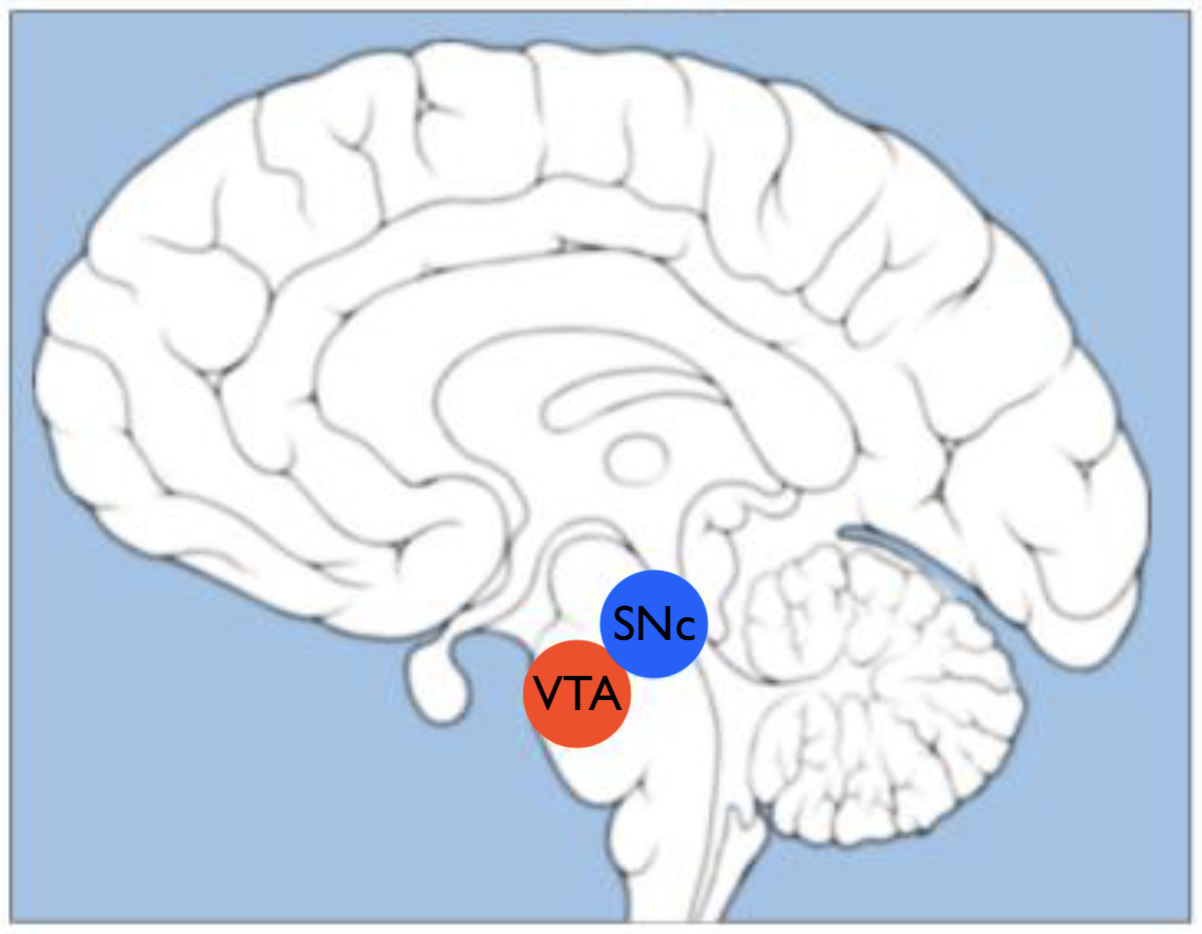
Investigating VTA, SNc and dopamine projections in the brain using MRI
Funding Program
BrainsCAN Accelerator Grant: Stimulus
Awarded: $36,809
Additional BrainsCAN Support
Computational Core
Human Cognition & Sensorimotor Core
Imaging Core
Western Faculty, Group or Institution
Department of Clinical Neurological Sciences, Schulich School of Medicine & Dentistry
Keywords
Parkinson's disease, compulsion
Related
none
Share this page
Background
Parkinson’s disease (PD), addiction and obsessive compulsive disorder (OCD) are examples of widespread and complex mental illnesses. They can impact our mental processes, mood, anxiety and motor control. While there are therapies that can help with symptoms, we don’t yet have treatments or cures that change the underlying diseases.
These conditions are extremely heterogeneous - they are very diverse in character - which presents a challenge when trying to discover the mechanisms behind the symptoms. The typical approach is to compare a group of patients with a common disagnosis to a group of healthy control subjects - but here, that group of patients has such widely varying symptoms that it doesn't allow a robust comparison with repeatable results.
The Problem
We generally understand that abnormalities in specific parts of the brain - the striatum and basal ganglia - and dysfunction in the dopamine system are central to these disorders. However, we do not understand what the precise processes are that produce most symptoms.
Through this project, we intend to contrast patients with and without specific symptoms and signs, regardless of their formal diagnostic labels of either PD, OCD or addiction. By approaching all of these disorders together through their symptoms, we believe we can recognize underlying commonalities and distinctions. This will enable us to discover the mechanisms of these symptoms and suggest new therapies to address them. We also believe that this approach can help to identify biomarkers of the diseases, which will enable us to develop and evaluate new therapies to treat the underlying diseases, not only the symptoms.
In this way, our proposed research represents an essential step in developing effective therapies and even cures for these disabling disorders.
The Project
By using a multi-modal imaging approach - combining a number of different imaging techniques - we will seek to understand the dopaminergic pathways of the brain. While all neurons depend on neurotransmitters such as dopamine to communicate (since neurotransmitters are responsible for transmitting signals between neurons in the brain), very few neurons actually produce dopamine.

Figure 1 - The VTA and SNc within the brain
The two main areas with dopamine-producing neurons are the 'ventral tegmental area' (VTA) and the 'substantia nigra pars compacta' (SNc).
A foundational milestone to the larger program of research is to be able to distinguish between VTA and SNc, and detect any deficiencies in these areas (such as from disease). We will systematically explore and compare these areas through this multi-modal imaging approach, accurately estimating the volume of these areas in diseased subjects and healthy controls.
Western ResearchersPenny MacDonald |
Figure credits
Figure 1 - the research team
© 2022 BrainsCAN Western University
This Summary is licensed under a Creative Commons Attribution-Noncommercial-No Derivative Works 4.0 License







